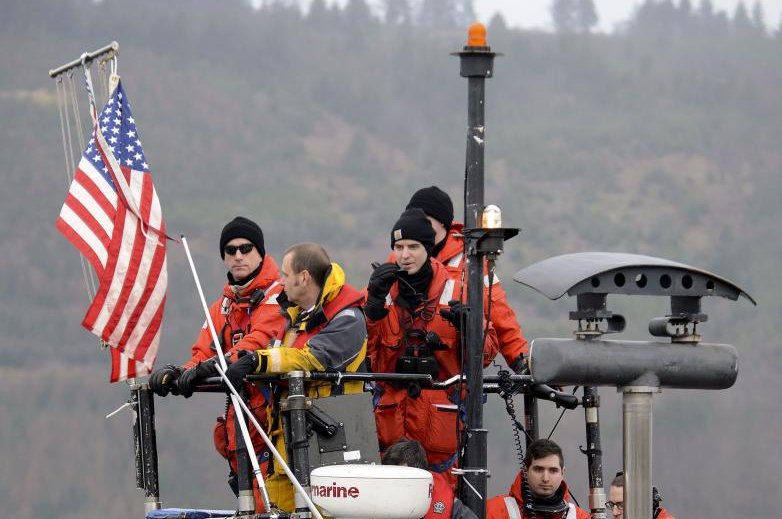July 25 (UPI) -- Lockheed Martin Rotary and Mission Systems has been awarded a $116.7 million modification to an existing contract for engineering and support of the Integrated Submarine Imaging Systems, or ISIS, program.
Contract services include design, development, testing, technology integration and field engineering work for the ISIS program, the Department of Defense announced on Monday .















